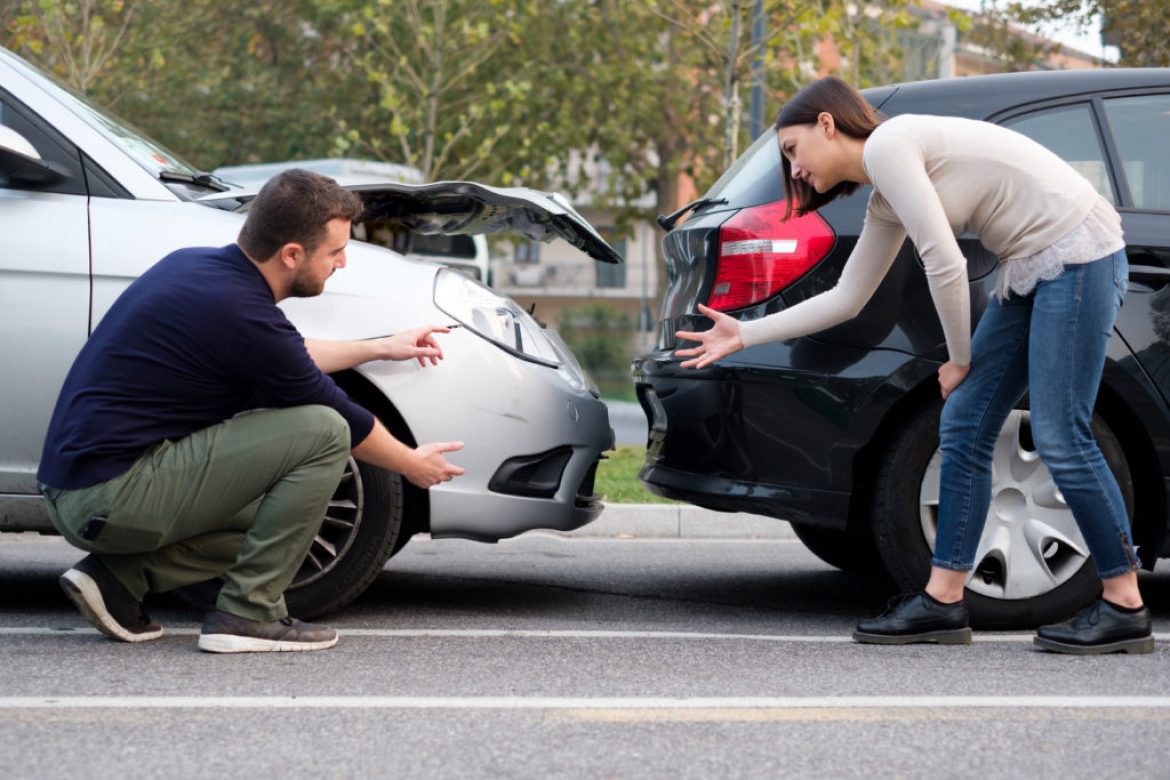Rear-End Car Accident Collisions

Whether it was a dull thud or a force that knocked your car into the intersection, a rear-end collision can be frightening, frustrating and lead to major injuries. Unfortunately, rear-end crashes are also all-too common, due in part to distracted drivers, tailgating and stop-and-go traffic.
What injuries can result from these types of crashes, and who is typically at fault?
What is a rear-end accident?
Traffic crashes involving more than one car tend to be categorized by “first harmful event.” Collisions like angle strikes are particularly deadly, accounting for 18.2 percent of fatal crashes, according to the Insurance Information Institute. Head-on collisions are also obviously quite dangerous. Rear-end collisions, where one car strikes the back of another car, are less deadly but are still responsible for thousands of injuries each year.
These crashes often occur due to the following reasons:
- Tailgating: In an effort to pass or pressure the lead driver, many folks follow too closely. When the lead car unexpectedly stops or even slows, the rear driver doesn’t have enough time to react.
- Speeding: High speeds make it even harder to bring a vehicle to a safe stop. Even if they slow down, speeding drivers may not have time to avoid hitting the vehicle in front of them.
- Distracted driving: Drivers who look away from the road are more likely to miss important changes, like brake lights flashing on or a light changing up ahead.
- Failure to adjust distance in bad weather: Poor weather conditions make it harder to come to a complete stop or slow down safely. Additionally, drivers may have a harder time judging the distance between vehicles in the rain or dark.
Common injuries from rear-end crashes
While rear-end crashes are not a leading cause of collision fatalities, they can cause some serious medical problems, even in relatively minor accidents. Common injuries include:
- Whiplash
- Back injuries like back sprains, slipped discs, spinal stenosis, or, in serious cases, spinal fracture
- Brain injuries
After a rear-end collision, you need to see a doctor right away. Sometimes, accident victims avoid getting treatment for injuries that aren’t obvious emergencies. They’ll choose to ignore the symptoms of whiplash or a back strain for a few days, expecting the body to heal itself. Instead, the pain gets more severe.
Even if you make it to the emergency room, expect some follow-up care and possibly a second opinion from a specialist. X-rays may rule out breaks, but a specialist with plenty of experience in the neck and back, as well as advanced imaging options, can find harder-to-diagnose issues that require treatment.
Prompt medical care is also important from the perspective of your personal injury claim. It’s often fairly simple to determine fault in a rear-end accident, unless it’s a more complex chain-reaction crash involving multiple cars. In almost any case, the rear driver is responsible in a two-car crash. Because of this, insurance companies look for other ways to dispute cases.
It’s sadly common for insurance companies to downplay the severity of a victim’s injuries. Or, if the person didn’t receive prompt care, the insurance company will argue that the injuries came later. Documenting your symptoms, treatment and progress will help prove your injuries are what you claim.
You need a lawyer for a rear-end accident
If you’ve been hurt in a rear-end crash, we’re here to help. Insurance companies often try to offer low settlements or otherwise avoid responsibility for dangerous rear-end crashes. The Macon rear-end collision attorneys at Buzzell, Welsh & Hill will help ensure your case is handled fairly. Contact us for a free consultation today.
